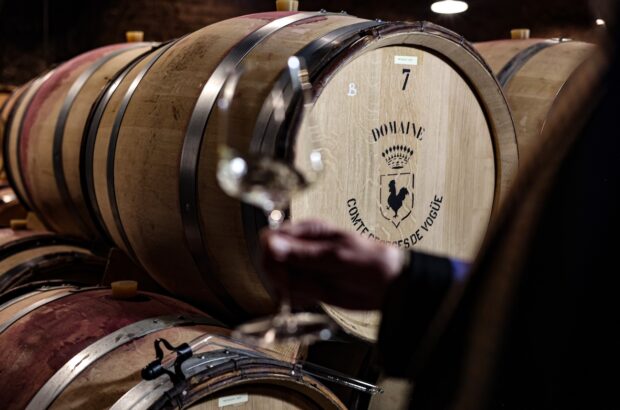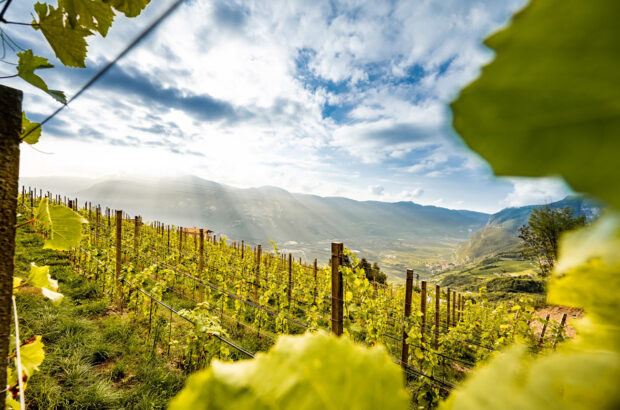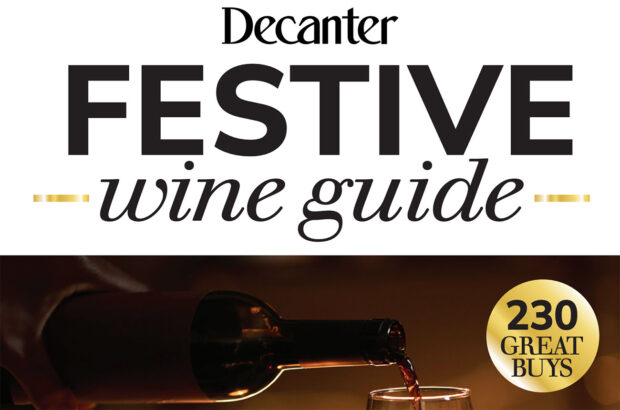The 2012 harvest in California is a record both in terms of grapes crushed and the prices paid for grapes, resulting in what one consultant called ‘a fantastic market for consumers’.
‘A lot of quality wine pouring in…’ California 2012
The 2012 Grape Crush Report (Preliminary) was released by the National Agricultural Statistics Service (NASS) last week. It reveals 2012 to be a record year, both for the amount of grapes crushed and the dollar amount paid for those grapes — an unprecedented combination.
The total wine grape crush for the state of California was up 13% overall from 2011 at 4.013m tons (4.77m tonnes), with average prices paid for those grapes rising 20% to US$772.09 per ton.
Red wine grapes took the lion’s share, with average yields up 19% from the previous year and average prices rising 24%.
Chardonnay accounted for the largest single variety percentage of the total crush (16%) followed by Cabernet Sauvignon (11.3) and Zinfandel (10.3).
Pinot Noir was the big winner yield-wise in 2012, up 45% across the state overall with significant increase in coastal areas like Sonoma (up 85%) and Santa Barbara (up 88%).
Prices were up because of the sparse 2011 crop, which meant that wineries did not get sufficient supply to meet their demand and began fighting over grape contracts early in 2012.
According to Nat DiBuduo of Allied Grapegrowers, such was the competition for grapes that wineries ‘were offering growers higher prices for grapes that had been contracted to other wineries.’
The competitive environment drove prices to a record high — including a record price of US$5,067 per ton for Napa Valley Cabernet Sauvignon — before a single cluster even appeared on the vine.
What record-high yields coupled with record-high grape prices means for the price of wine on the shelf, is difficult to predict.
‘Based on pure grape prices alone, higher grape prices in 2012 shouldn’t have a huge effect on wine prices,’ DiBuduo said. He estimated the highest increase, for Napa Cabernet, would only translate to a mere 0.90 cent increase per bottle.
Jon Fredrikson of wine consultants Gromberg, Fredrikson and Associates said high demand and high yields would moderate prices
‘I don’t think prices are going to change much. There’s going to be a lot of quality wine pouring into the market and I think it will attract a lot of new consumers.’
Wineries with surplus wine may opt to sell their excess on the bulk market rather than lower the price of their wines, Fredrikson said. ‘That bulk wine will go through negociant channels, resulting in high quality and inexpensive second labels. It’s a fantastic market for consumers overall.’
If nothing else, he predicted ‘2012 will put California Pinot Noir on the map’ due to the abundance and quality of the fruit.
DiBuduo believes that in high end regions like Napa and Sonoma, a good year for growers will be a good thing for vineyards as well. ‘We’re seeing new vines being planted in Paso Robles, and vineyards being redeveloped on the North Coast.’
Written by Courtney Humiston in Sonoma







